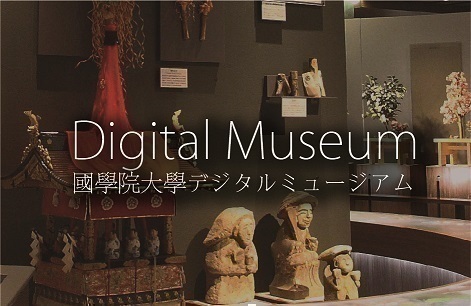Encyclopedia of Shinto
| Main Menu: | |
| Links: |
詳細表示 (Complete Article)
| カテゴリー1: | 6. Belief and Practice |
|---|---|
| カテゴリー2: | Associations and Organizations |
| Title | Oshi |
| Text | Religious functionaries attached to specific shrines and temples who guide visitors (sankei) through that shrine or temple and accommodate them by providing prayer (kitō), lodgings, and the like. They are called this because of a shortening of the original term okitōshi. They first appeared in Buddhist temples during the Heian period. Later the lower level shrine priest who conducted prayers at the shrine also came to be called oshi. Kumano, Iwashimizu Hachiman, Kamo, and Hiyoshi among others have examples of this, but particularly representative of this is the Kumano oshi. The history of the Kumano oshi began, when they started to provide lodgings and prayers on the occasion of visits to Kumano by members of the imperial court and the nobility, which had become popular at the end of the Heian period. At first, the relationship between the oshi and the visitor was a temporary one limited to the time of the visit, but gradually, it transformed into a permanent relationship of teacher/patron with the oshi as the teacher and the visitor as the patron. In the case of Kumano, there was a sendatsu between the oshi and the patron. Being subordinate to the oshi, he carried out the role of leading the patron to the oshi's place. Along with that, while the visitor was on the way, he worked as an instructor concerning things like devotional diet, purification (kessai), offering banners (hōbei), food offerings and the like, and also carried out the task of answering the visitors' religious questions. With the advent of the Kamakura period the Kumano oshi had become involved not only in the society of the nobility, but also that of the warriors. The clans of the warrior houses became their patrons and eventually in the Muromachi period, also farmers became patrons of the oshi through their feudal lords. Outside of Kumano, oshi in the medieval period were known to exist at Ise, Matsu no o, Mishima, Fuji, as well as other places. The Ise oshi were particularly well known. In the teacher/patron relationship the patron was not just a follower he was also an important source of revenue. From the end of the medieval period onward, patron inheriting, transference, and even buying and selling were common occurrences among oshi. The patron's wealth, which paid for payer services and lodging accommodations, also was moving to the powerful oshi. Moving on to the early modern period, the Kumano beliefs declined and the sendatsu who had been go-betweens, gradually came to live permanently in specific locales. Concurrent with the fluctuations in the teacher/patron relationship, Kumano went into decline. However, in contrast to that, even discounting Ise, the oshi system went on to remarkable development at many shrines like the Grand Shrine of Izumo, the Owari Tsushima Shrine, the Ōmi Taga Shrine (presently the Grand Shrine of Taga) and many others. But, entering the Meiji period, with the implementation of the modern Jingi (kami of heaven and earth) system, the oshi system was rapidly lost. — Iwai Hiroshi |




